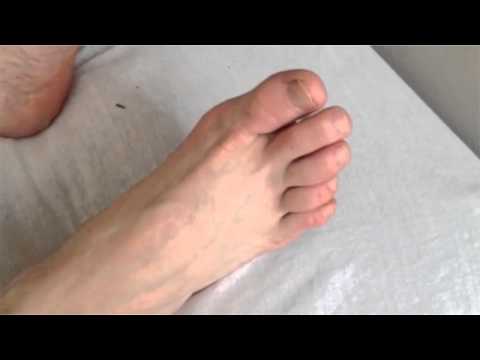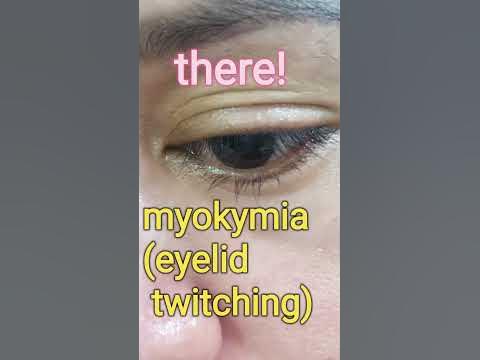
There are a number of things that you can do to help reduce eyelid twitching, especially if you are experiencing frequent episodes. These include reducing stress and anxiety, increasing sleep, quitting smoking, and treating dry eye syndrome. You can also try using artificial tears to alleviate symptoms and see a doctor. If you think your symptoms are not related to myokymia, you may want to consider a surgical procedure.
First, you should know that myokymia is a temporary condition that causes twitches in one eyelid. While it’s generally harmless, it could be an early sign of a neurological disorder. If you experience frequent myokymia, it’s important to see an optometrist. Your doctor can help you find a treatment option that is right for you.
Myokymia can also lead to blepharospasm. Blepharospasm is an involuntary closing of the eyelid that involves the muscle called the orbicularis oculi. Bototherapy is often an effective way to relieve myokymia. The injection of a botox agent can help your condition. In many cases, myokymia will disappear on its own, but it can be very uncomfortable.
There are several treatments available for myokymia. The most common treatment is manual twitching of the eyelid. Some people have no response to medications and twitching of their eyelids will subside on its own. If you notice that your symptoms don’t go away after a couple of days, you should visit an optometrist. If you have an untreated myokymia, it can be a sign of a neurological condition.
Myokymia is a common problem in which the eyelids twitch involuntarily. This condition is usually harmless and can be easily treated at home. However, if myokymia is persistent and affects a major part of your body, it may indicate a more serious problem. Fortunately, there are some ways to treat myokymia and prevent it from becoming a chronic, lifelong condition.
Facial myokymia is a rare condition in which the eyelids twitch. It is caused by a number of factors, including certain lifestyle factors. Some people experience these episodes regularly and cannot control them. For them, it is important to seek medical attention and treatment. For some, a permanent cure is essential. If the symptoms persist, you should visit your doctor to determine what is causing the condition. If you’re suffering from myokymia, consult your doctor.

Myokymia is a disorder in which the eyelids twitch. The twitching is primarily caused by the misfiring of motor nerves. It is most often caused by a lack of sleep or stress. If the condition is persistent, you should visit a doctor immediately. It can be an uncomfortable condition, and may be a symptom of a neurological problem. If you’ve been diagnosed with myokymia, you may need to visit an optometrist to see if there’s anything else causing the twitching.
Myokymia is a condition where your eyelids twitch involuntarily. It usually affects your lower or upper eyelid. It is a common problem and is usually harmless. If your twitching is frequent or persistent, you should see a doctor. If you have a family history of myokymia, you should speak with your doctor as soon as possible.
There are several ways to treat myokymia. The most common way to treat myokymia is to reduce its triggers. Do not rub your eyes excessively with your hands. If your eyelids twitch regularly, you should see an optometrist. If your twitches are caused by something more serious, it’s best to check with your doctor.
Treatment for myokymia can vary. It is important to know the cause of your condition. If you have a chronic form of the disease, it is better to consult a doctor. In some cases, the symptoms may go away on their own. The first step to curing myokymia is to treat the underlying problem. Sometimes symptoms can be managed with medication. You can try proven, high-quality myokymia medications that are available without a prescription at https://www.scib.co.th/.
The best treatment for myokymia is to learn about the causes of the condition and how to treat it. If you have eyelid myokymia, vascular compression is likely the cause of this condition. Other causes include the presence of a tumor in the posterior fossa. For more information, you can also consult a dermatologist. The diagnosis and treatment of myokymia depends on the type of disease you have.
